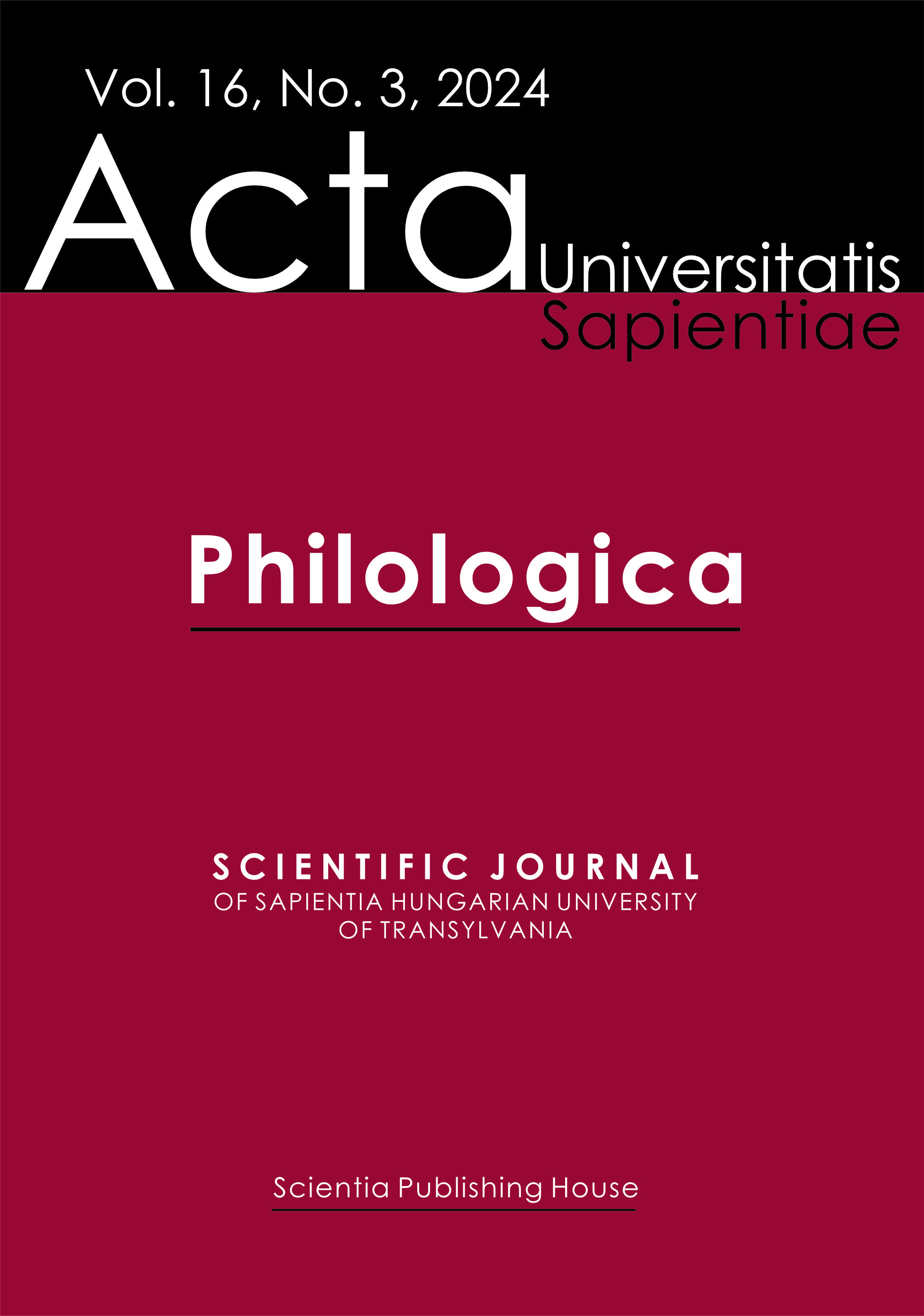The Marriage Status of Women in the Belarusian Literary Language and Northeastern Dialects
The Marriage Status of Women in the Belarusian Literary Language and Northeastern Dialects
Author(s): Sergey NikolaenkoSubject(s): Lexis, Semantics, Eastern Slavic Languages
Published by: Scientia Kiadó
Keywords: Belarusian literary language; northeastern dialect; names of women; marital status; categorical seme; marker; distinguisher;
Summary/Abstract: The article compares the semantics of the lexical group “the names of women by marital status” in the Belarusian literary language and in the northeastern dialect, the distribution area of which is the Vitebsk region and part of the Mogilev region. Of the 24 names extracted from the general language and regional dictionaries, the overwhelming majority (two-thirds, i.e. 66.66%) are literary words. This is natural, since the literary language as the core of the national language has a more extensive vocabulary. The names of women were divided according to marital status, i.e. in relation to marriage, into four subgroups: premarital, marital, postmarital, and extramarital. The words for women in marriage have the same number in the literary language and in the dialect. Literary names of women of illegitimate status have a significant numerical advantage – 4 to 1 dialect word. Although there are fewer dialect names, they differ, firstly, in greater expressiveness and figurativeness, and, secondly, in a variety of word formation means –suffixes. The analysis also showed that the evaluative connotations of units in this lexico-semantic group (LSG) are influenced by sociocultural gender stereotypes. Words denoting women in premarital and marital status have a positive connotation, the names of women in extramarital status have a negative connotation, and the names of divorced women have a negative connotation as well.
Journal: Acta Universitatis Sapientiae, Philologica
- Issue Year: 16/2024
- Issue No: 3
- Page Range: 23-40
- Page Count: 18
- Language: English

